
|
|
|
|
|
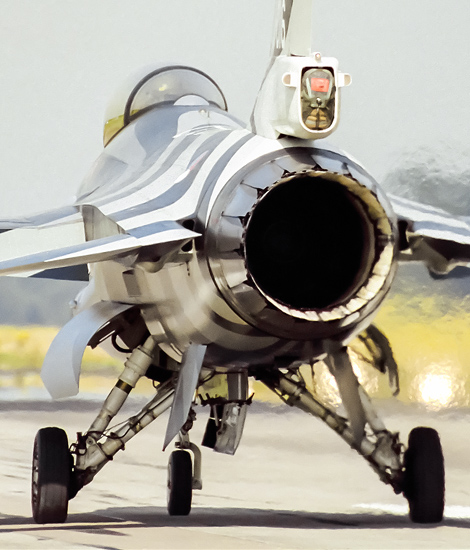
|
The Starfighter in Europa; Gilze-Rijen, July 2 – 8, 2002
The Lockheed F-104 Starfighter, part 3; Text and Photograph's by Alex van Noye
The F-104G Starfighter is one of the most used Starfighter variants in Europe. In addition to Germany, countries such as Belgium, the Netherlands, Denmark, Norway, Spain and Greece, often flew with this type of aircraft. The Lockheed F-104 Starfighter dominated the European airspace from the mid-60s to the early 80s.
During the Cold War the Royal Netherlands Air Force played an important role within NATO in the joint Western European air defense against the Warsaw Pact. The Dutch air force received the first F-104G Starfighters from 1962. The Royal Netherlands Air Force received a total of 138 Starfighters. These aircraft were 91 F-104Gs and 29 RF-104Gs built by Fokker. 18 TF-104Gs were provided by Lockheed. Four Starfighter squadrons were based at Volkel Air Base, these units were; the no 306 Squadron, the no 311 Squadron, the no 312 Squadron and the Conversion Division Volkel. Three units were stationed at Leeuwarden Air Base, these units were; the no 322 Squadron, the no 323 Squadron and the Training and Conversion Unit. The units at Volkel operated mainly in the role of fighter bombers. These units were in addition to the conventional tasks also available for the nuclear mission and the photo recon- naissance mission. The squadrons at Leeuwarden Air Base operated in the air defense role. The Dutch Starfighters flew from 1962 until the end of 1984. All units have received the F-16 Fighting Falcon nowadays. Many Dutch Starfighters were sold to Turkey and a small series has been sold to Greece. The Starfighter in the Netherlands has become the symbol of the Cold War. The aircraft became even after its service period very famous in the Netherlands.
Besides the Netherlands, also Belgium was a big user of the F-104G Starfighter. The Belgian Air Force had two versions of the Starfighter in use. The Belgian Air Force had 12 TF-104Gs in use and it had 101 F-104Gs in use. Belgium received its first Starfighter on February 14, 1963. The last aircraft was delivered on September 19, 1983. The 101 Belgian F-104Gs were built by the Belgian company SABCA and delivered to the Belgian Air Force. The 12 TF-104Gs were delivered by Lockheed and are therefore built in the United States. Unlike the Netherlands, Belgium had no RF-104Gs in its Orbat. The Belgian Starfighters were stationed at two airfields, namely
|
|
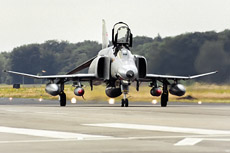
|
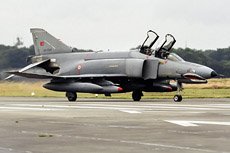
|
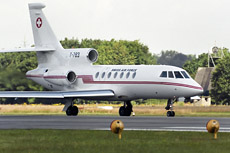
|
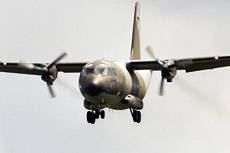
|
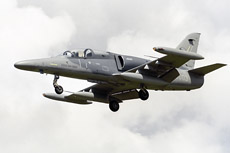
|
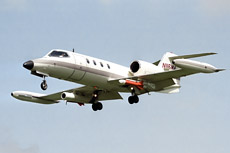
|
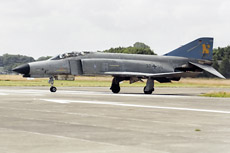
|
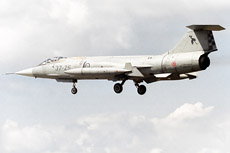
|
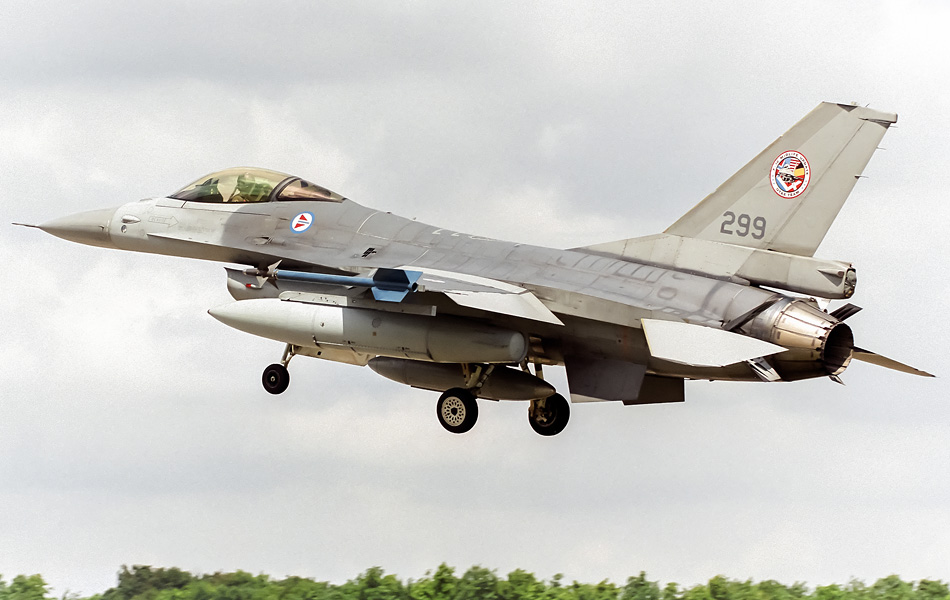
|
Beauvechain and Kleine-Brogel. The aircraft which were based at Beauvechain had the air defense task. The aircraft were assigned at this airfield to the 349 Squadron and 350 Squadron. These two units were both part of the 1 Wing. The Starfighters at Kleine-Brogel had the offensive task. The aircraft at Kleine-Brogel were assigned to the 10 Wing. This wing consisted of three units, namely the 23 Squadron, the 31 Squadron and the OCU. The OCU is the Belgian Operational Conversion Unit which was responsible for the training of pilots. Many of the Belgian Starfighters were after their career in the Belgian Air Force sold to Taiwan. The Taiwanese Air Force bought 38 F-104Gs and three TF-104Gs from the Belgians. There were also another 18 Belgian F-104Gs sold to the Turkish Air Force. The Starfighter was in Belgium like in many other countries replaced by the F-16 Fighting Falcon.
Norway was also one of the European Starfighter users. In 1963 the Norwegian Air Force received 19 F-104G and four TF-104Gs. These aircraft were manufactured in Canada by Canadair. The aircraft were assigned to the 331 Skvadron on the Norwegian airbase Bodo. These aircraft were delivered to the country under the Military Assistance Program. The country received in addition to the initial F-104Gs also an extra series of 18 CF-104 variants and only four CF-104Ds. The CF-104 Starfighter is a variant which is built under license by the Canadian aircraft manufacturer Canadair. Norway received the aircraft in 1974. The aircraft were assigned to the 334 Skvadron at Bodo. The Norwegian Starfighters were phased out in the winter of 1982 and were replaced by the F-16 Fighting Falcon. Denmark received like Norway a series of Starfighters in the framework of the Military Assistance Program between 1964 and 1965. The Danes received during this period, 25 F-104Gs and four TF-104Gs. The units which were going to fly with the Starfighter were the 723 Eskadrille and the 726 Eskadrille which were both stationed at Aalborg in Denmark. Both units flew before the Starfighter Era with the F-86D Sabre. Like the Norwegians, the Danes bought a second series of Starfighters from the Canadians. Between 1971 and 1973, the Danes bought 15 CF-104s and seven CF-104Ds from the Canadians. The F-104G variants were phased out in Denmark in 1986 when the Starfighter was sold to the air force of Taiwan. The two Danish units would switch from that year to the modern F-16 Fighting Falcon.
In southern Europe, Spain was one of the users of the Lockheed F-104 Starfighter. Just as in northern Europe, Spain received the aircraft as part of the Military Assistance Program. The Spaniards received the Starfighters also from the Canadian Canadair. The Spanish Air Force received 18 F-104Gs and three TF-104Gs. The aircraft were delivered in 1975 to the Spanish Air Force. The Spanish Starfighters were assigned to Ala 6 at Torrejón Air Base which is located near Madrid. The Spanish Air Force was only seven years flying with the Starfighters, because in 1972 the planes were replaced by the F-4 Phantom. The Spanish air force made more than 17,000 flight hours with the Starfighter without losing a single machine in accidents. The phased-out aircraft were all sold to Greece and Turkey. Greece was also a major user of the Starfighter. The country received 45 new F-104Gs and six TF-104Gs as part of the Military Assistance Program. These Starfighters were received by the Greek Air Force in April 1964. The Greeks were therefore together with the Turks, the largest customers on the used aircraft market. Greece received 79 aircraft from West Germany, seven aircraft from the Netherlands and nine aircraft from Spain. The Greek Starfighters flew at 335 Mira 'Tigris' and 336 Mira 'Olympos' at the Greek Tanagra air base and later Araxos. The Greeks continued to fly the Starfighter until March 1993 when the aircraft were phased out and replaced by the F-16 Fighting Falcon.
|
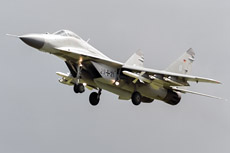
|
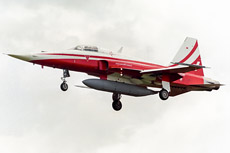
|
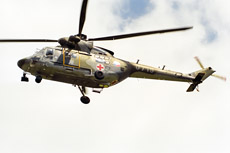
|
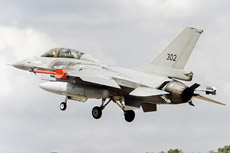
|
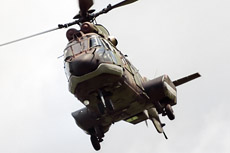
|
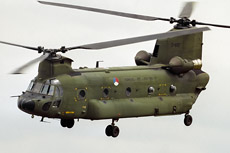
|
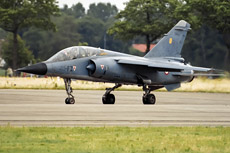
|
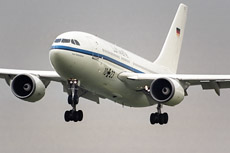
|
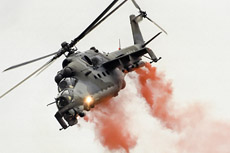
|
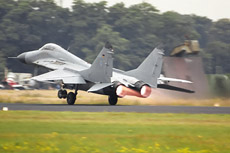
|
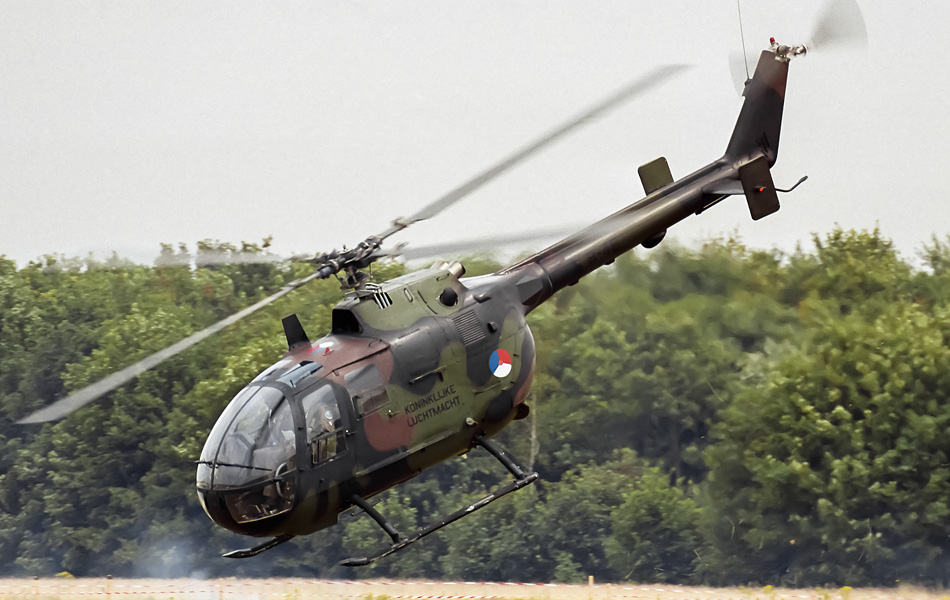
|
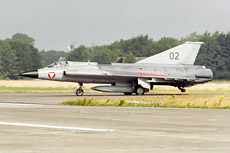
|
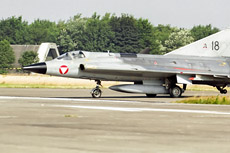
|
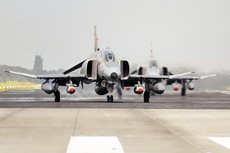
|
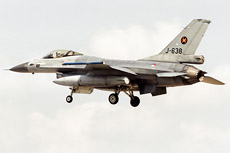
|
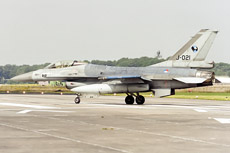
|
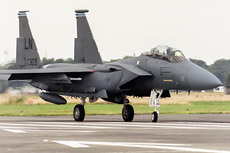
|
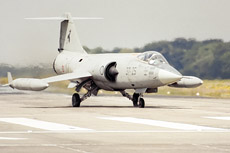
|
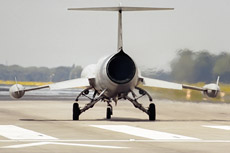
|
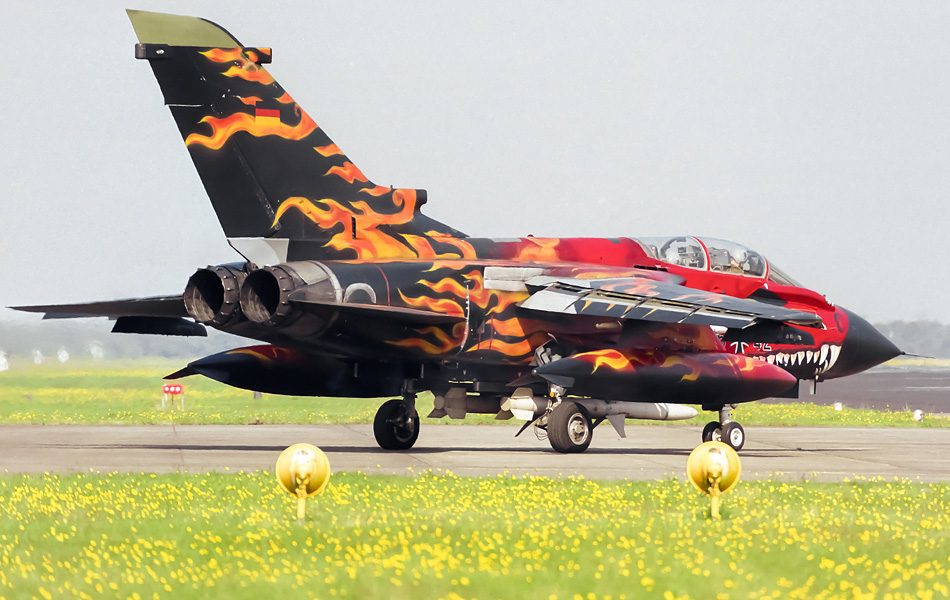
|
|
|

|







